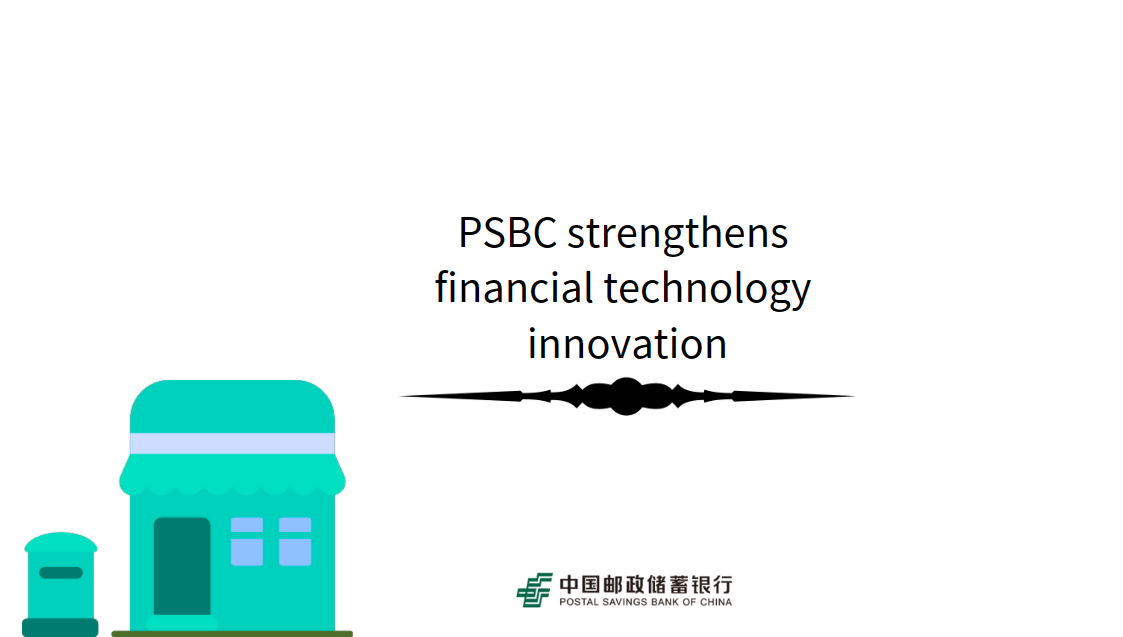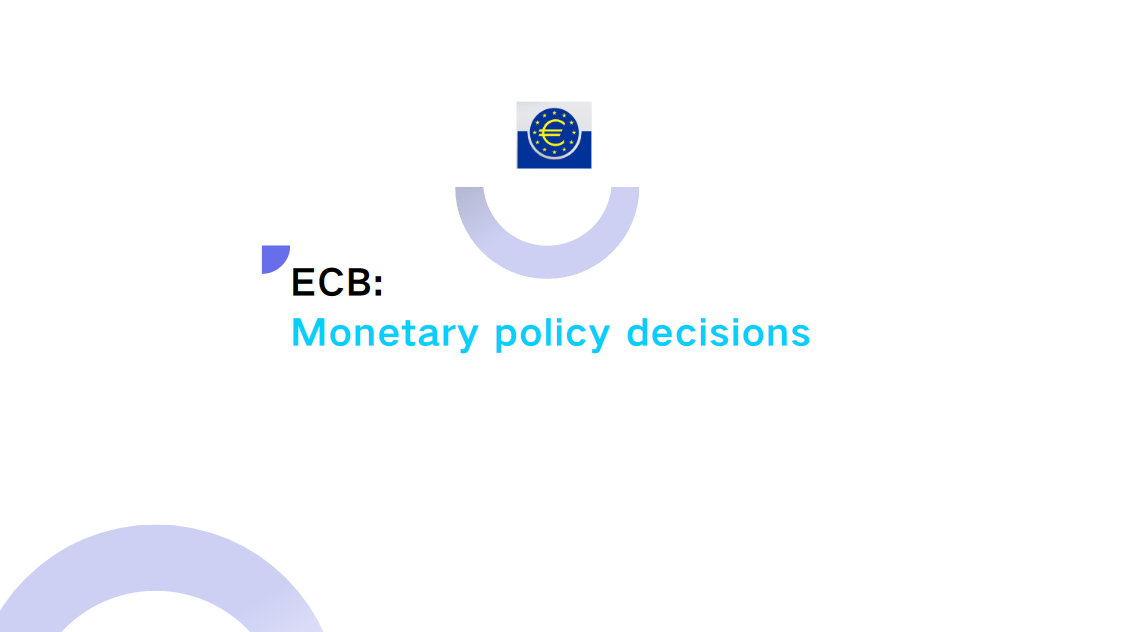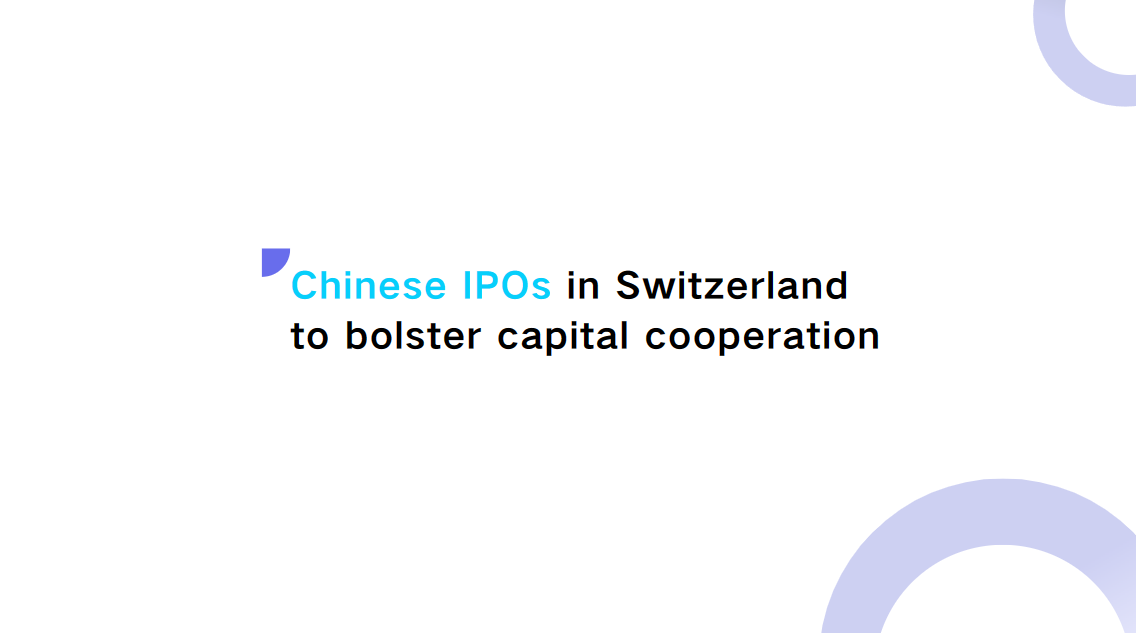RCEP helps world economy overcome difficulties
By fully releasing its dividends, the RCEP has effectively deepened economic links among Asian economies, boosted confidence in regional trade and investment and strengthened the resilience of industrial and supply chains in Asia.
As it celebrates its one year anniversary, the RCEP has injected new vitality into regional economic cooperation and global economic development.
RCEP's entry into force enabled partners to more fully share the opportunities and development dividends of China's opening-up.
From January to November 2022, the total import and export volume between China and other RCEP members reached 11.8 trillion yuan ($1.75 trillion), up 7.9 percent year-on-year and accounting for 30.7 percent of China's total foreign trade volume.
China's export to other RCEP members increased 17.7 percent year-on-year, 5.8 percentage points higher than China's overall export growth, according to the Ministry of Commerce.
RCEP has also strengthened regional economic and trade ties. More than 90 percent of trade in goods within the region will eventually be tariff-free, according to the agreement.
If the value-added part of the product during processing belongs to the 15 member states, and the cumulative value-added exceeds 40 percent, the product can enjoy corresponding tariff preferences according to the cumulative rule of origin.
These policies significantly boosted economic, trade and investment growth in the region as a whole, and brought more confidence to enterprises in the region in conducting transnational cooperation.
RCEP has enabled free trade relations between China, Japan and South Korea for the first time.
Real investment to China from South Korea and Japan increased 122.1 and 26.6 percent respectively year-on-year from January to November 2022, according to the Ministry of Commerce.
China, Japan and South Korea have carried out cooperation in machinery, automobile and optoelectronic equipment manufacturing under the RCEP framework.
This has laid the foundation for trilateral cooperation on regional value chains in high-end manufacturing including new technology and new energy.
Since its inception about one year ago, RCEP has injected strong growth momentum into emerging markets.
By integrating 27 trade arrangements and 44 investment agreements signed and implemented by 15 member states, the RCEP has further deepened regional economic integration and become the biggest driver of regional economic growth.
RCEP has served as a source of stability and certainty for inter-regional and global economies at a time when global trade faces many uncertainties and risks.
In the first year of its entry into force, the RCEP has shown the importance of filling the gap of the FTA, boosting regional trade and strengthening regional supply chains.
It has the potential to serve as a platform to project the dividends of Asian trade to the world, said Peter Drysdale, head of the East Asian Bureau of Economic Research at Australian National University.





















































First, please LoginComment After ~